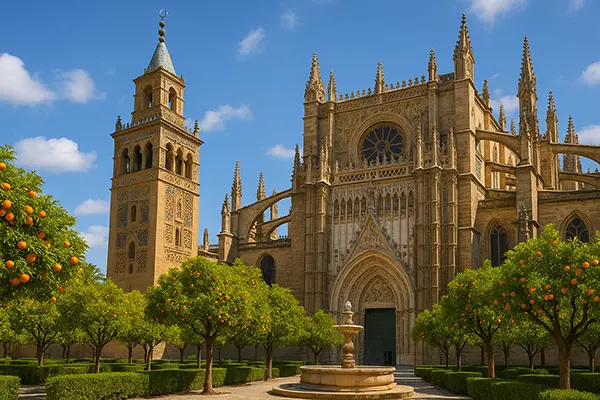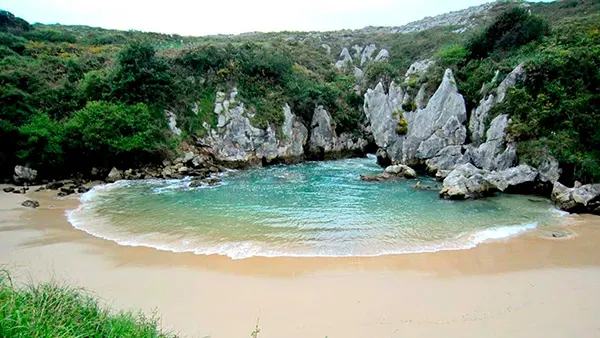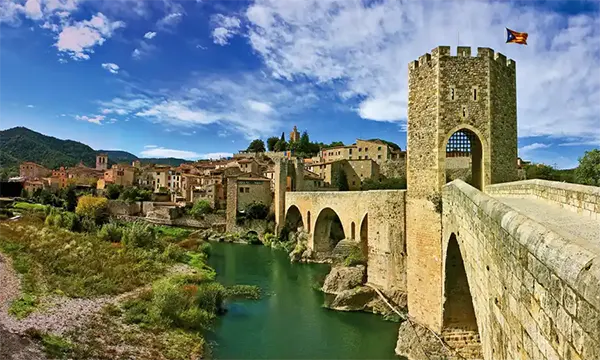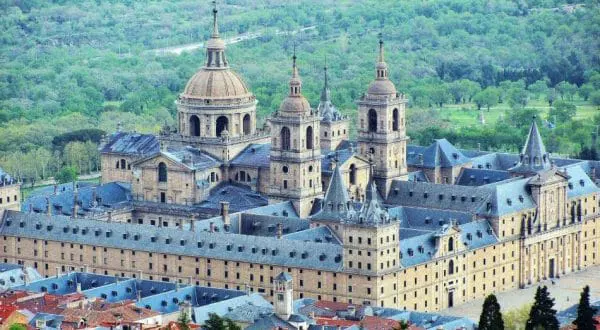Alcázar Castle
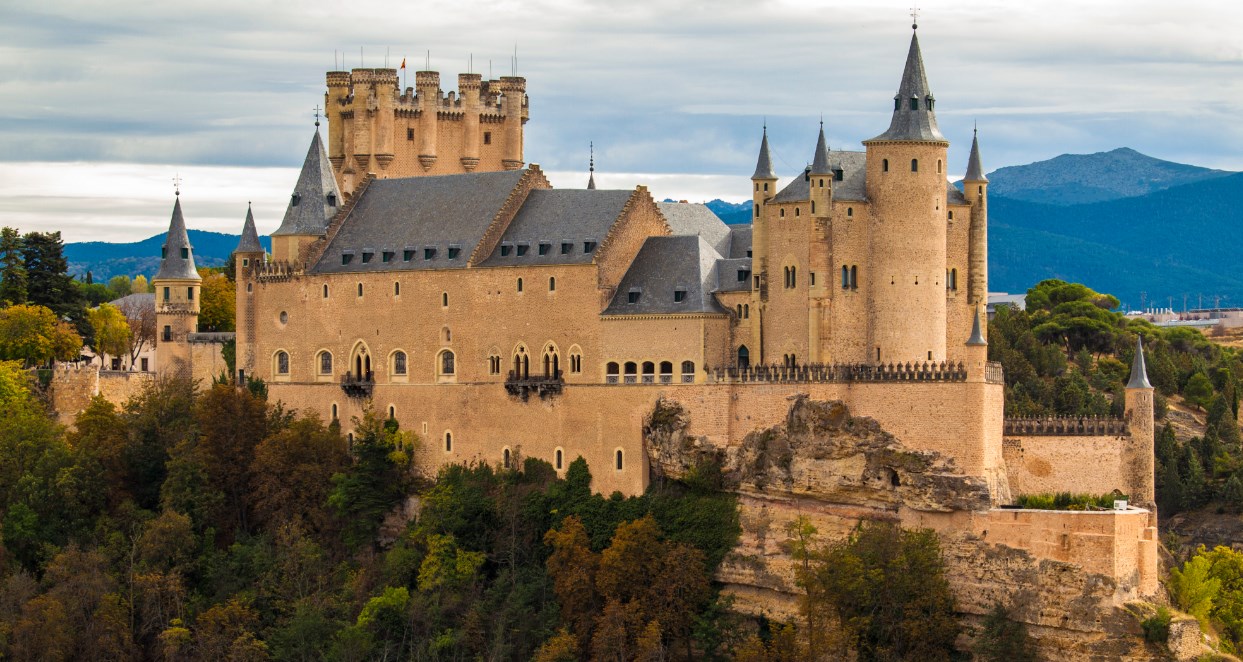
Spain has a number of palaces where monarchs have stayed. They are characterised by their lavish decoration and the high cost of building them. In Segovia, one of the oldest settlements in Spain, there is a palace called the Alcázar which impresses both externally and internally.
Location and features
The castle is situated on a rocky escarpment. Nearby is where Eresma meets Clamores. The natural wonders make the place truly magical and such that one wants to spend as much time as possible in it. The elevated position provides a superb view of the beauty to come.
The Alcázar castle was built in the early 12th century. It was originally presented as an Arab fortress and was used as a fort. Later it was used as a royal palace, and then as a state prison. The last use of the castle was as a royal artillery school.
Today the Alcázar is one of Spain’s most famous landmarks. It is considered a monument of architecture which adds to its status. Guests can visit the 11 luxurious rooms as well as the Juan II Tower. There is a museum within the castle grounds. It features antique furniture, unique stained glass windows, numerous collections of weapons and armour, portraits of monarchs and much more.
The main feature is the chapel. It once “witnessed” the wedding of Philip II and Anne of Austria. Inside the chapel is a painting by Bartolomeo Carducci. The artist, originally from Italy, served the king. The painting depicts a biblical subject – the Adoration of the Magi.
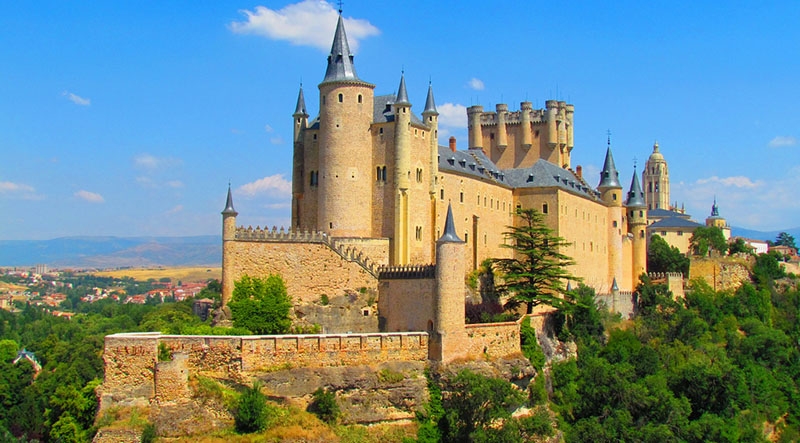
Some historical details about the castle Alcázar
Archaeologists have long been involved in the study of the area. It is known that, despite the respectable age of the building, it is still considered relatively young. Before the creation of the now well-known castle on the territory there were fortifications left by the representatives of the Roman Empire.
In the document found, dated 1120, the local object was called “a fortress on the hill at Eresma”. After 35 years, it was called Alcazar, which means ‘fortified place’ in Arabic.
The castle was originally made mostly of wood. However, during the reign of King Alfonso VIII, the construction was rebuilt using stone. The castle eventually became the permanent residence of the kings of Castile. What is more, it became a mighty fort that even the strongest armies could not defeat.
Philip II nevertheless wished to establish a royal residence in Madrid, where a royal palace was arranged. The Alcázar was eventually turned into a prison. In 1762, it was home to the Royal School of Artillery, which was founded by King Charles III. The school ceased to exist after a major fire which seriously damaged it. Today the Alcázar Castle serves as a museum.

